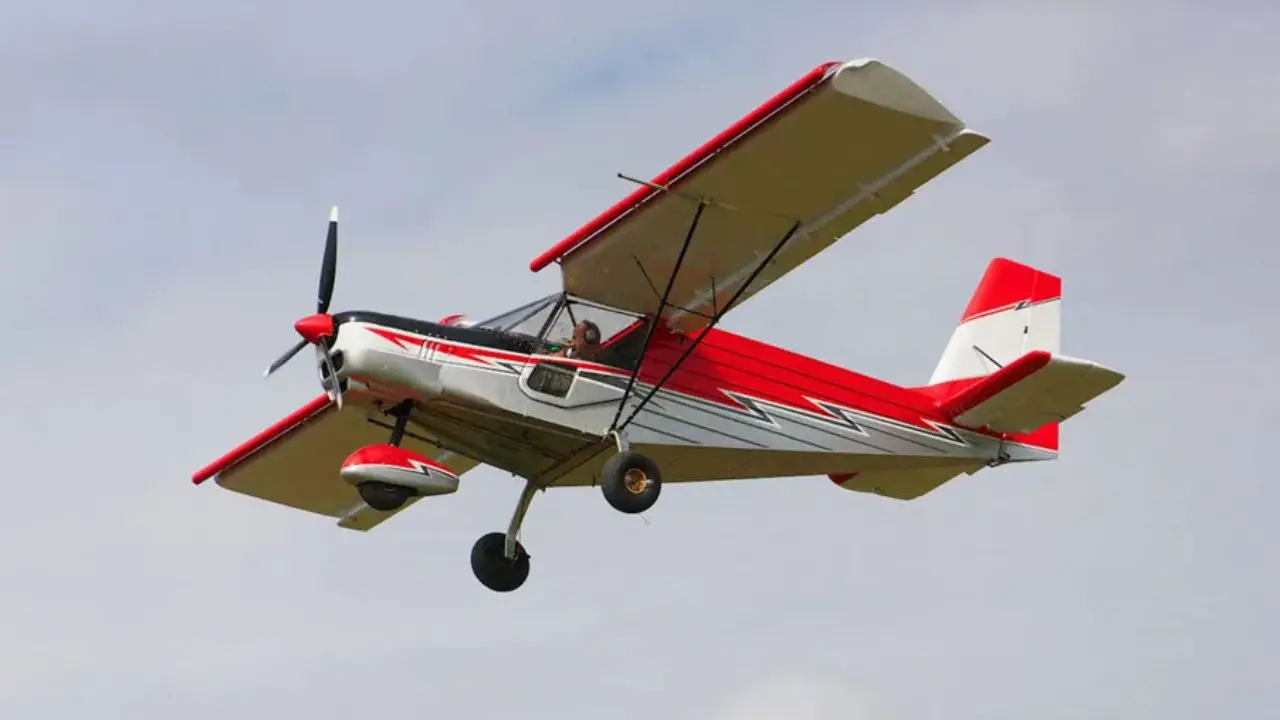On April 30 of this year, the Joint Stock Company “Navoi Free Economic Zone Directorate” and LLC “First Experimental Design Bureau”—a Russian developer and manufacturer of the SP-30 aircraft—signed a memorandum on launching the production of both manned and unmanned aerial vehicles of the SP-30 project on the territory of Uzbekistan. The assembly line will be located in the city of Navoi, in a modern complex covering 6,000 m². A full cycle of development and production will be provided at this site, according to the website of the “First Experimental Design Bureau.”
The Uzbek Publication Event. uz reports that during the MSITF-2025 defense exhibition, held from May 29 to June 1 at the Victory Park Memorial complex in Tashkent, the civilian SP-30 aircraft was presented. The aircraft is intended for a wide range of tasks—from training and tourism flights to agricultural and monitoring missions. Its ability to operate from short and unprepared runways makes it convenient for regions with underdeveloped aviation infrastructure.
“In the near future, it is planned to go on sale, and anyone who wishes will be able to purchase it,” according to Event. Uz. However, the publication does not specify whether any interested resident of the republic will actually be able to afford the SP-30, which costs over $120,000.
“Uzbekistan has launched a new stage in the development of its general aviation by introducing the domestically produced lightweight civilian aircraft SP-30. This step reflects our desire to expand aviation infrastructure and improve transport accessibility in regions with limited air transport options. The development of general aviation contributes to increased population mobility and the strengthening of economic ties between remote areas,” a source at Uzbekistan Airways told the “Aviation of Russia” website.
According to Habib Abdullaev, director of the Navoi FEZ, the total project cost is estimated at $30 million over three years. The FEZ plans to produce 100 aircraft in the third year. “We plan to release the first aircraft in October 2025,” he said.
The SP-30 is a light, two-seat, all-metal aircraft developed by the Taganrog-based “First Experimental Design Bureau.” It belongs to the class of ultralight aircraft with a maximum takeoff weight of about 495 kg. Its maximum speed is about 150 km/h, cruising speed is 120 km/h, and the minimum safe flight speed is 58 km/h. Flights are only permitted during the day and in simple weather conditions, at temperatures ranging from –10 to +30 °C.
The control system is mechanical, with rod-operated ailerons and elevator and cable-operated rudder. The landing gear features solid duralumin springs, hydraulic brakes, and a steerable nose strut with a spring shock absorber. The aircraft is designed to carry a payload of up to 220 kg. Fuel consumption ranges from 17 to 22 liters per hour, depending on the flight mode.
The SP-30 is equipped with a four-cylinder, four-stroke piston engine—the C-100—produced by the Chinese company Zongshen. The engine produces 100 hp and is air-cooled (for the cylinders) and liquid-cooled (for the cylinder heads). It runs on AI-95 automotive gasoline, ensuring fuel availability and reducing operating costs. The power plant drives a three-blade propeller with a diameter of 1,850 mm.
The choice of this power unit is based on several factors. First, being a Chinese engine, it has minimal exposure to sanctions, increasing production reliability. Second, using automotive gasoline reduces operational costs compared to aviation fuel. Third, the simple engine design simplifies maintenance and repairs.
The price of the SP-30 in Russia is about 9.6 million rubles (approximately USD 122,000), including registration and delivery to the dealer or transfer airfield. According to the manufacturer, the price is fixed nationwide. Maintaining a comparable price in Uzbekistan will make the aircraft accessible to affluent individuals and private businesses. In Uzbekistan, it is believed that the price is at a level that allows individuals and organizations to purchase the aircraft for various tasks without significant financial barriers.
Uzbekistan’s aviation history is closely tied to the Soviet era when the country hosted major aviation enterprises and scientific-technical centers. One of the key enterprises was the Tashkent Aviation Plant No. 84 named after Chkalov—TAPOiCh, which was evacuated during the winter of 1941–42 from Khimki, near Moscow. The plant in Tashkent produced both military and civilian aircraft, including the Li-2, Il-14, An-8, An-12, and An-22 “Antei,” and modifications of the heavy transport aircraft Il-76 and Il-114.
After the collapse of the Soviet Union, TAPOiCh became unnecessary to independent Uzbekistan and faced serious challenges, including a decline in orders, loss of cooperative ties, and financial difficulties. This led to a reduction in production capacity and the eventual closure of aviation manufacturing. The site was reorganized into the Tashkent Mechanical Plant (TMZ), which focuses on equipment repair, metalworking, and non-aviation production.
As a result, Uzbekistan lost its status as an aviation power. The country was left outside the global aircraft manufacturing industry, and TAPOiCh became a symbol of former greatness.
Official Website of Youtube Channel – Altitude Addicts
